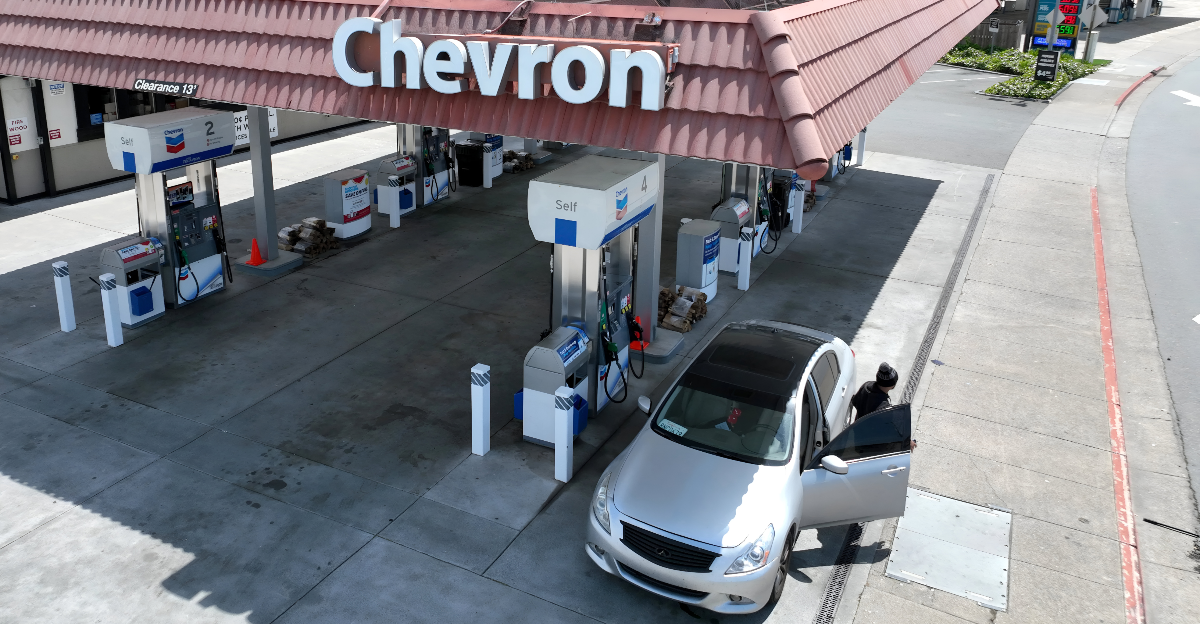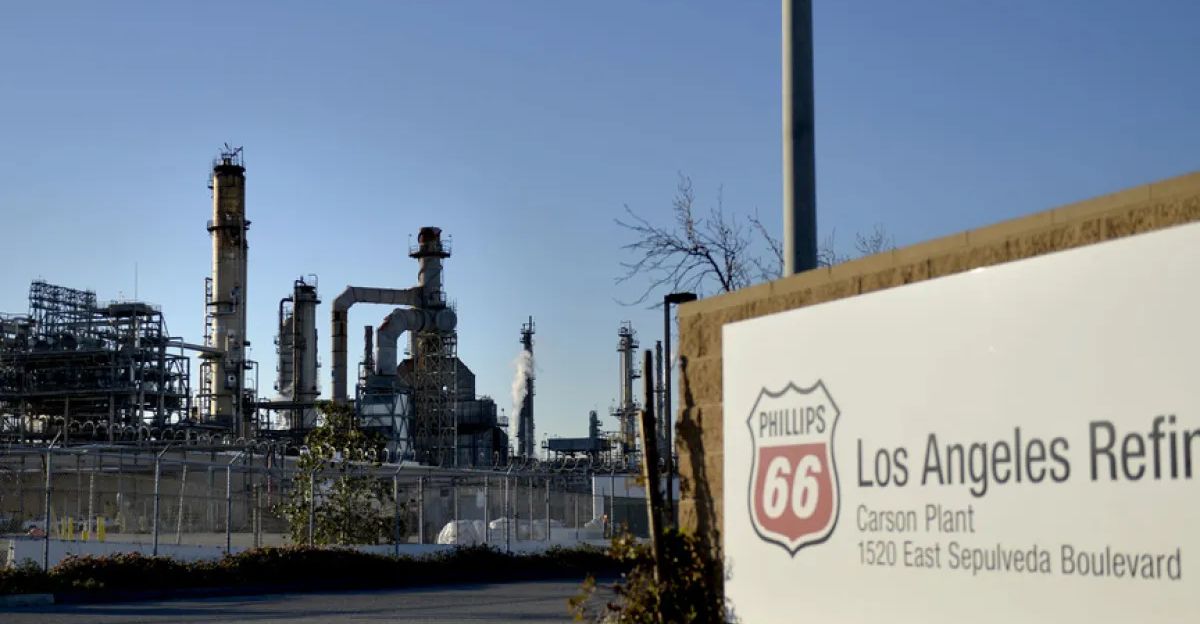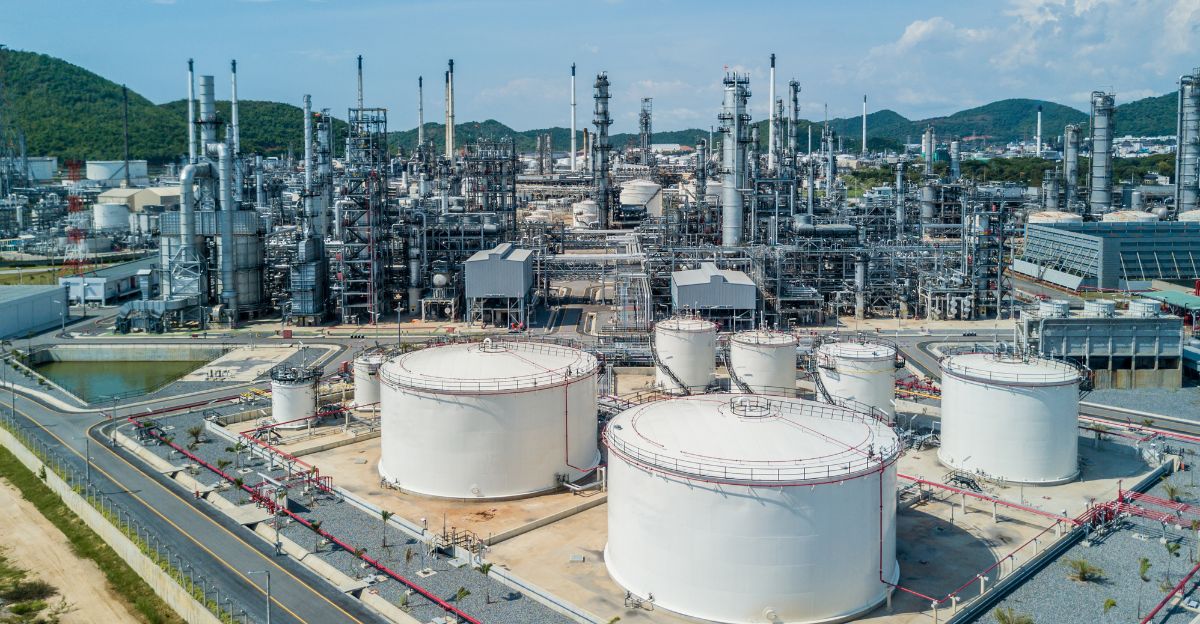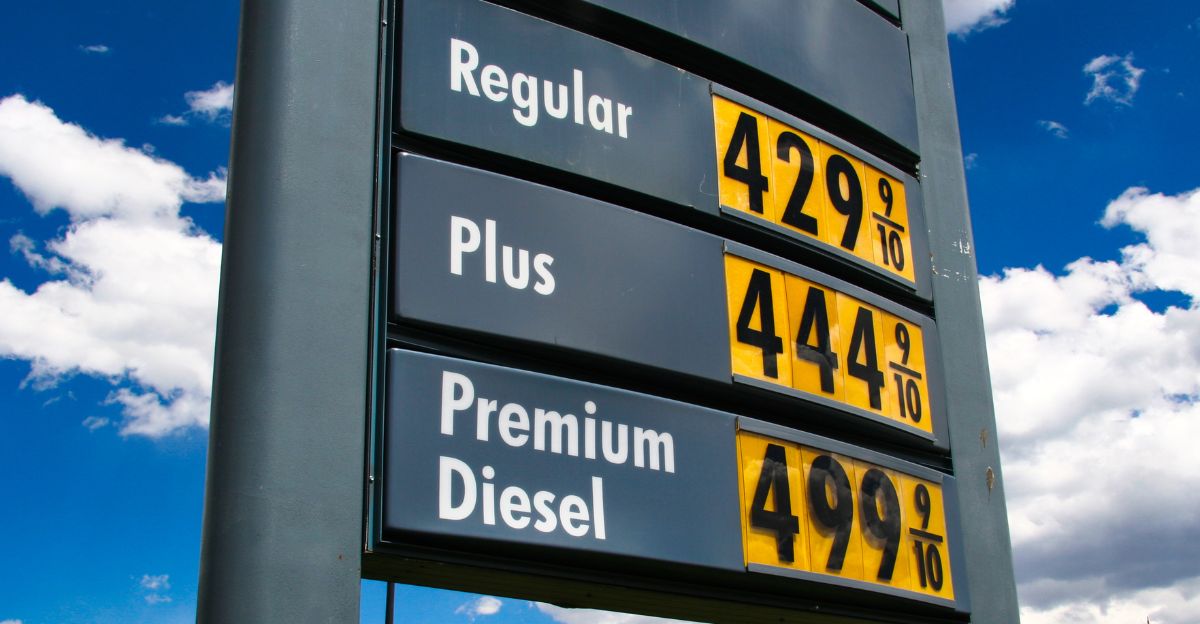
California drivers already pay the highest gas prices in America, averaging just under $4.85 per gallon, significantly higher than the national average of $3.16.Two main refineries, Phillips 66 in Los Angeles and Valero’s Benicia refinery, are expected to stop refining fuel by 2026, possibly pushing gas prices to $8 per gallon.
It isn’t a supply issue but an intricate snafu of strict environmental regulations, financial leverage, and market dynamics. The economic and human burden on average Californians is staggering, opening the door to a crisis that will redefine the state’s fuel affordability and energy policy.
The Crushing Consequences of Losing Nearly 300,000 Barrels Per Day

The combined shut-in of Phillips 66 and Valero’s plants will cut California’s refining capacity by nearly 9%, and cumulatively by 21% by 2026 and 2023. That’s around 300,000 barrels per day vanishing from a market struggling to keep pace.
California produces only about 24% of its crude oil, so this decrease forces the state to import in bulk. The short-term impact? A sudden reduction in area supply fits historically with steep pump price spikes.
Environmental Regulations

California’s activist environmental regulations, including demanding air-quality standards and hefty fines (Valero faced a $82 million fine in 2024), have made refinery operations economically unsustainable.
Although the rules enhance air quality, they also hasten refinery closures, lowering locally available fuel. This dilemma sets environmental goals against economic and energy security, spurring prices upward and provoking reliance on imported fuel with possibly greater overall emissions.
Dependence On Imports and Its Hidden Costs

With fewer refineries, California will depend more on imports from domestic and foreign countries. This shift makes transportation more costly and tanker ship emissions greater, counteracting some environmental gains.
Imported fuels also are not necessarily capable of meeting California’s stringent quality standards, presenting fuel quality and infrastructure compatibility concerns.
Thus, the state’s green aspirations ironically increase carbon signatures elsewhere, illustrating the unintended consequences of local refinery closures.
Local Economies and Employment At Risk

The refinery shutdowns potentially result in the loss of up to 1,300 direct jobs and many more indirect jobs. Directly, these jobs are high-paying for families to support themselves and stable local economies, particularly in Gardena and Benicia.
The loss of these jobs will heighten the suffering of many other regional economies, impacting local companies and tax receipts. The social consequences of these shutdowns are often overlooked, but the full implications of California’s refinery crisis must be considered.
Political Tension Triggering Bipartisan Alarm

The surprise is the rare bipartisan concurrence in Sacramento. Both sides’ legislators now admit California’s regulatory landscape can impose a gas crisis on itself.
Green environmentalists believe the state “can ill afford the loss of one refinery, let alone two.” This political reckoning highlights the contrast between economic realities and climate aspirations and raises genuine concerns about adopting policies.
The Emotional Cost To Voters and Consumers

Higher prices at the gas pump weaken budgets, frighten, frustrate, and dispirit individuals. An $8 gallon for working families threatens basic mobility and the ability to engage in economic life.
The psychological effect of higher prices could lead to changes in public attitudes about environmental regulation, and with it, children first, create a backlash that undermines previous efforts to achieve climate goals.
If policymakers can appreciate human psychology, it will help to balance the environmental aspirations these policies seek to implement with social acceptability.
Is California Paying Too High A Price For The EV Mandate Paradox

California’s encouragement of electric vehicles and 2035 ban on gasoline-powered cars are intended to reduce emissions, but are potentially driving in the opposite direction economically. Gas prices suddenly rise when gas refineries close, unnecessarily harming individuals without electric vehicles or access to charging stations.
Refinery exits, already high, could substantially accelerate due to the state pursuing aggressive green policies that only interject a cycle of high costs and inequity. In light of this paradox, a balanced approach is needed to prioritize energy transition.
Historical Lessons On Energy Policy and Its Clash With Market Realities

History has proven that sudden disruptions of energy supplies result in price shocks and economic instability. The 1970s oil shocks reminded us that supply shortages and policy errors can ruin economies.
California’s present course illustrates that impractical policies without practical, credible, and responsible fail-safes could take us back to those earlier mistakes.
To avoid going backward again, a balanced approach to preserving revenue-generating refining capacity and progressing toward cleaner energies is needed.
The Energy Future and The Challenge Of Complexity Management

California faces a choice: proceeding with stringent environmental regulations or an affordable and reliable energy supply. The refinery cutoff suggests that policymakers must develop better strategies to account for social, ecological, and economic impacts.
Pausing to reroute: Modernizing the refineries, diversifying the energy supply, and supporting vulnerable people will electrify Californians in the face of sky-high gas prices and inflation if we see record-breaking gas prices kick in.
The formative challenge is for the state to find a sustainable model demonstrating that putting people ahead of the environment is possible.
Discover more trending stories and Follow us to keep inspiration flowing to your feed!

Craving more home and lifestyle inspiration? Hit Follow to keep the creativity flowing, and let us know your thoughts in the comments below!
